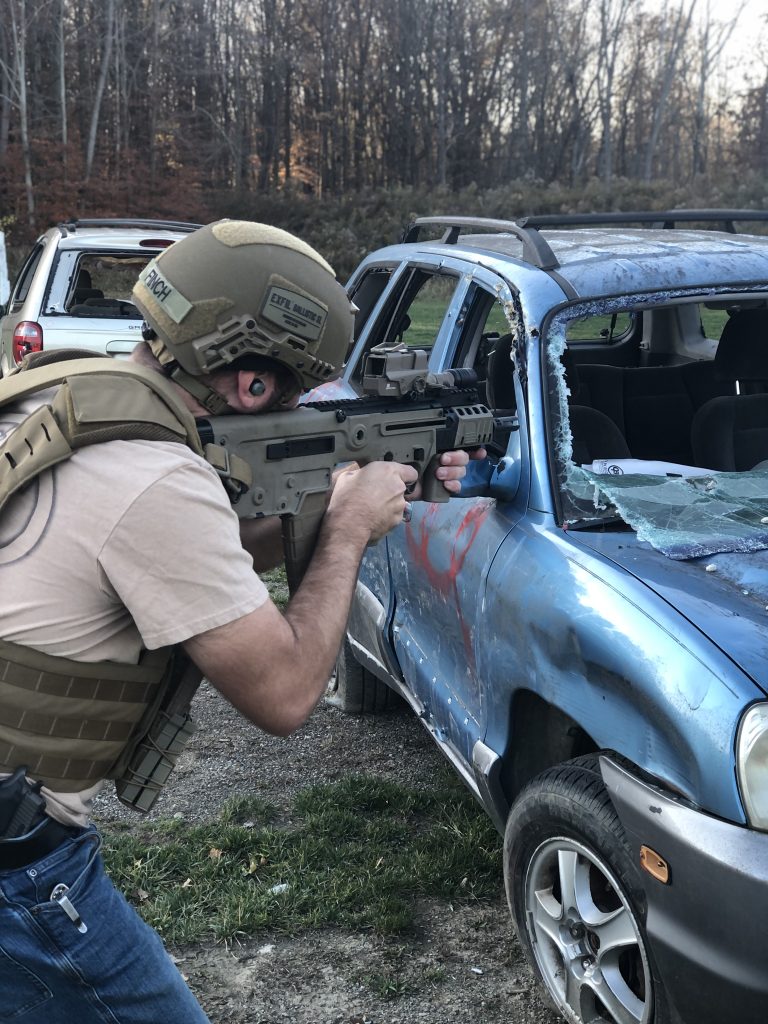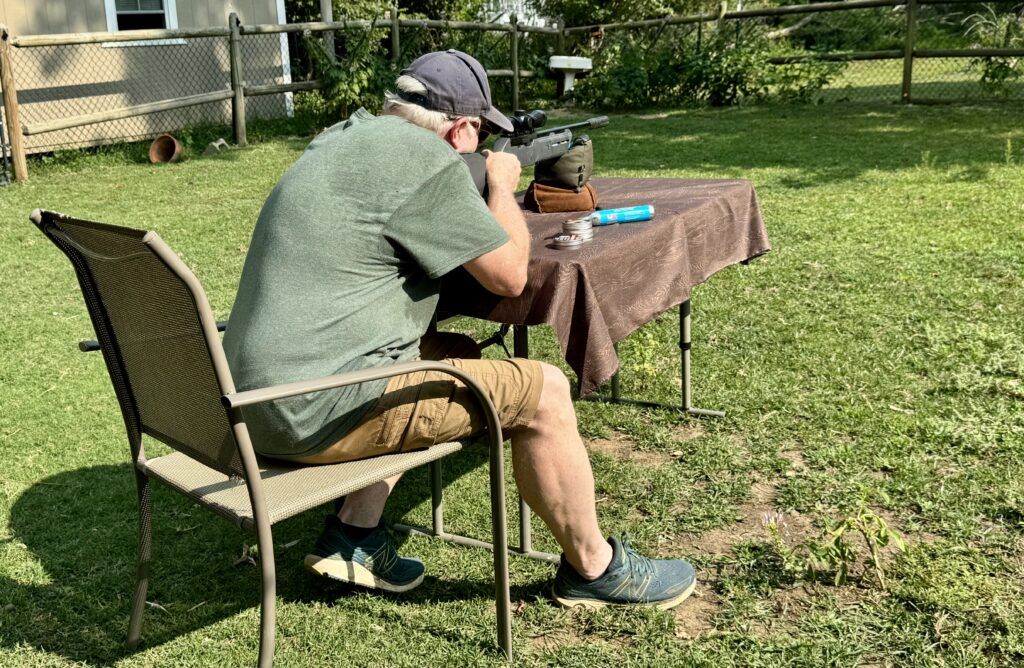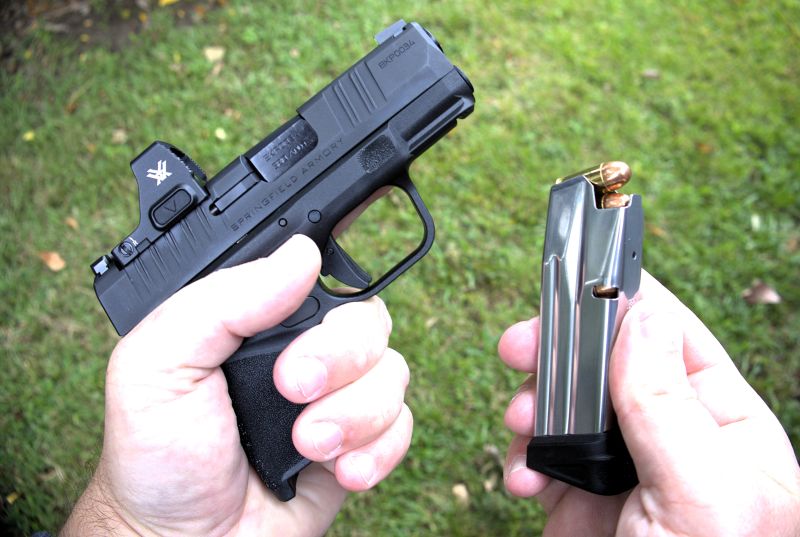It is no secret whatsoever that I like IWI products. Their catalog of firearms, their training program for those firearms, and the ways in which IWI has developed their recent catalog of offerings.
TheFirearmBlog, good ole TFB, also houses bullpup converts, and they have just released their ‘6 Reasons’ video on the Tavor X95 and why it is better than the M4. Linked and playable above.
I happen to agree. Not in all aspects or for all purposes, but in the role the X95 was envisioned I believe it serves better than the M4.
Advertisement — Continue Reading Below
What is that role?

A carbine optimized for limited space.
Interior structure CQB and vehicles present very real challenges to anyone using a long gun. Space is at a premium. Rifles get their staying power from their muzzle velocity, primarily, and the shorter we make a rifle to make it easier to handle in small spaces the more velocity we give away. That is a topic that has been written about, rewritten about, co-written about, caveated off of, hyperlinked, sub-headed, and just about any other variation of communicated about. Shortening a rifle gives up efficacy. The ‘window’ in which the 5.56 rounds will have their optimal terminal effects gets shorter as barrels do.
Advertisement — Continue Reading Below
The M4 gives up speed from the M16. The MK18 gives up even more speed from the M4. The X95 in its short 13″ configuration is smaller than the MK18, about the length of an MP5k with the stock out, but is retaining the more effective M4 muzzle velocities.
The 16″ and 18.5″ varieties of X95 retain size advantages too, the 18.5″ barreled X95 is an inch and a half shorter than an M4 with the stock fully collapsed.
Velocity retained.
Advertisement — Continue Reading Below
I will continue to give both overall weight and overall accuracy, in modernized configurations, to the AR-15’s. It is easier to get an AR tuned to a sub 2 MOA, and especially a sub 1 MOA rifle than it is an X95. This is due to how the barrel and receiver interface on the two rifles. We aren’t talking drastic accuracy improvements, just notable ones and perhaps need specific ones. Neither an X95 or a 1:7 twist AR, nonfloated, are going to shoot 55gr rounds into a spectacular group. This is one of the reasons there are a great many 1:8 AR barrels on the market. Cheap training grade ammo will be especially inconsistent as it isn’t loaded to the exacting velocity standards of match rounds. Both rifles are going to tighten up their groupings significantly when shooting high quality match ammo, but the AR in an accurized configuration is going to edge out the X95.
The most influential factor is the barrel and receiver lockup, as I mentioned above, which was designed with reliability and ease of maintenance as the priorities. A 1 MOA accuracy standard was not a priority in the design.
However the factor that causes most of the poor performance with the X95, and bullpups in general, isn’t this barrel/receiver design. The challenge people don’t get past is interfacing with the rifle. They don’t learn how to shoot it, even though it is shaped and weighted differently. This is the one most people miss, it is the trade off for shortening the rifle. The short rifle often translates to some more muzzle movement if you don’t account for the fact that everything has moved closer to you, that combined with the different feeling trigger, weight distribution, and viola! Initial poor performance with a bullpup when you’ve been trained on the M16 series. Initial poor performance equates to poor opinion of bullpups. The X95 is different enough, but also similar enough, to attribute the performance shift to the rifle and not the operator when in fact it is mostly the operator. Some of the very nice features on the M16 series are babying the shooter, the familiarity with the rifle is babying the shooter too, we tend to cling to the item we are comfortable with. My hesitation to run anything that wasn’t an ACOG, especially LPVOS, or to put dots on handguns are perfectly in alignment with that ‘liking what I have an know’ sentiment.
Advertisement — Continue Reading Below
However…
Once operating operationally and running the controls and trigger the way they should be on the X95, a short learning curve from an AR but it does exist, the performance gap shrinks to an inappreciably different margin for practical accuracy and you get two rifles that can do their jobs very well, one may be more generally comfortable and come with a few small edges in accuracy and familiarity, but the other is a powerhouse when space gets tight. Instead of a rifle you like and a rifle you don’t, you have two rifles with similar performance envelopes optimized for different environments.
We live tight spaced lives
We live indoors. We venture outdoors. We live in houses, apartments, vehicles, and we use them to keep ourselves in the flow of society and to keep comfortable our lives and property. This makes the X95 stand out as an exceptional rifle for the lives we live, because it is a rifle optimized to move within the spaces we live while giving up nothing of what makes the 5.56 and the M4 so effective. It is a rifle for tight spaces. Tell me I’m going to be in a structure or in and out of a vehicle and the X95 is an option, I’m taking the X95.
Advertisement — Continue Reading Below
To be fair, having any reliable 5.56 rifle is probably ‘enough’. An AR user need not rush to pick up an X95 just because you understand the space better. To open that envelope further, having a relatively modern carbine in any pistol or rifle caliber, using 20+ round magazines, mounting a light and preferably an optic, and that you are familiar with operating, is enough. They can be made to work.
But I don’t like having a tool that can be made to work, I like having the tool that fits the job. If a vice grip would make my life easier, I want a vice grip. So I use and recommend the use of the X95 for a limited possible/probable space (home) knowing that it can also reach out into the normal ranges of a 5.56 rifle.















